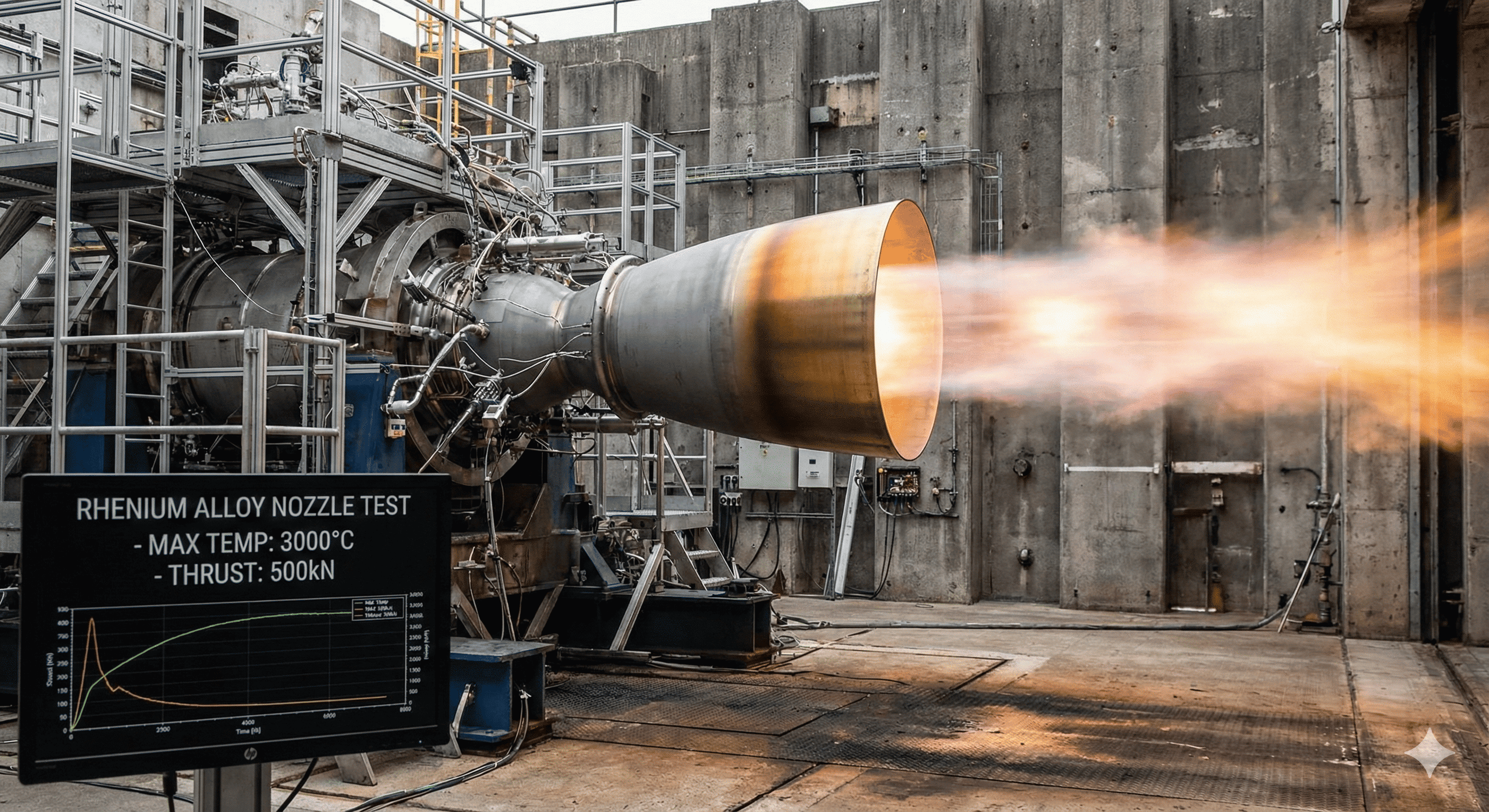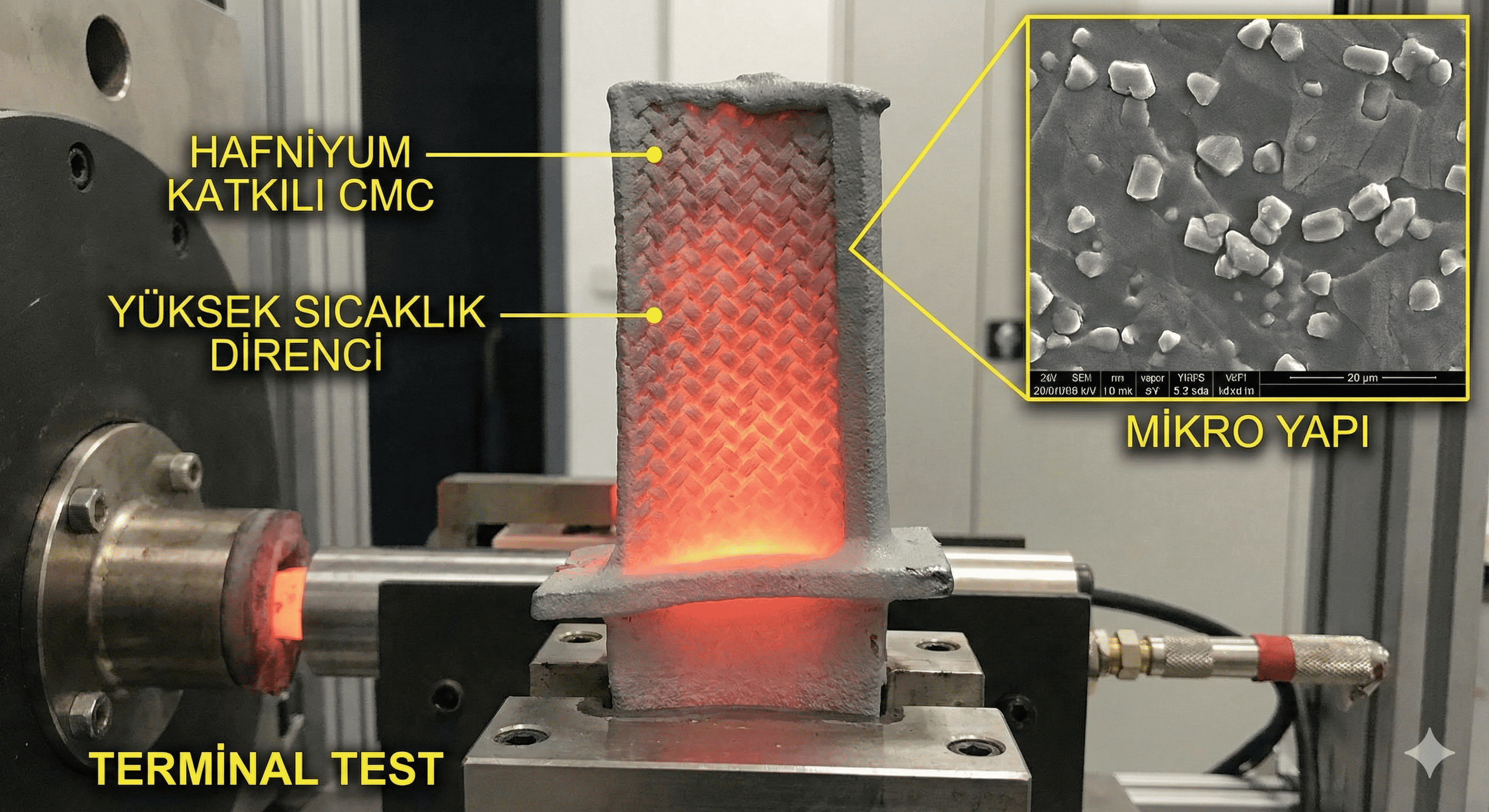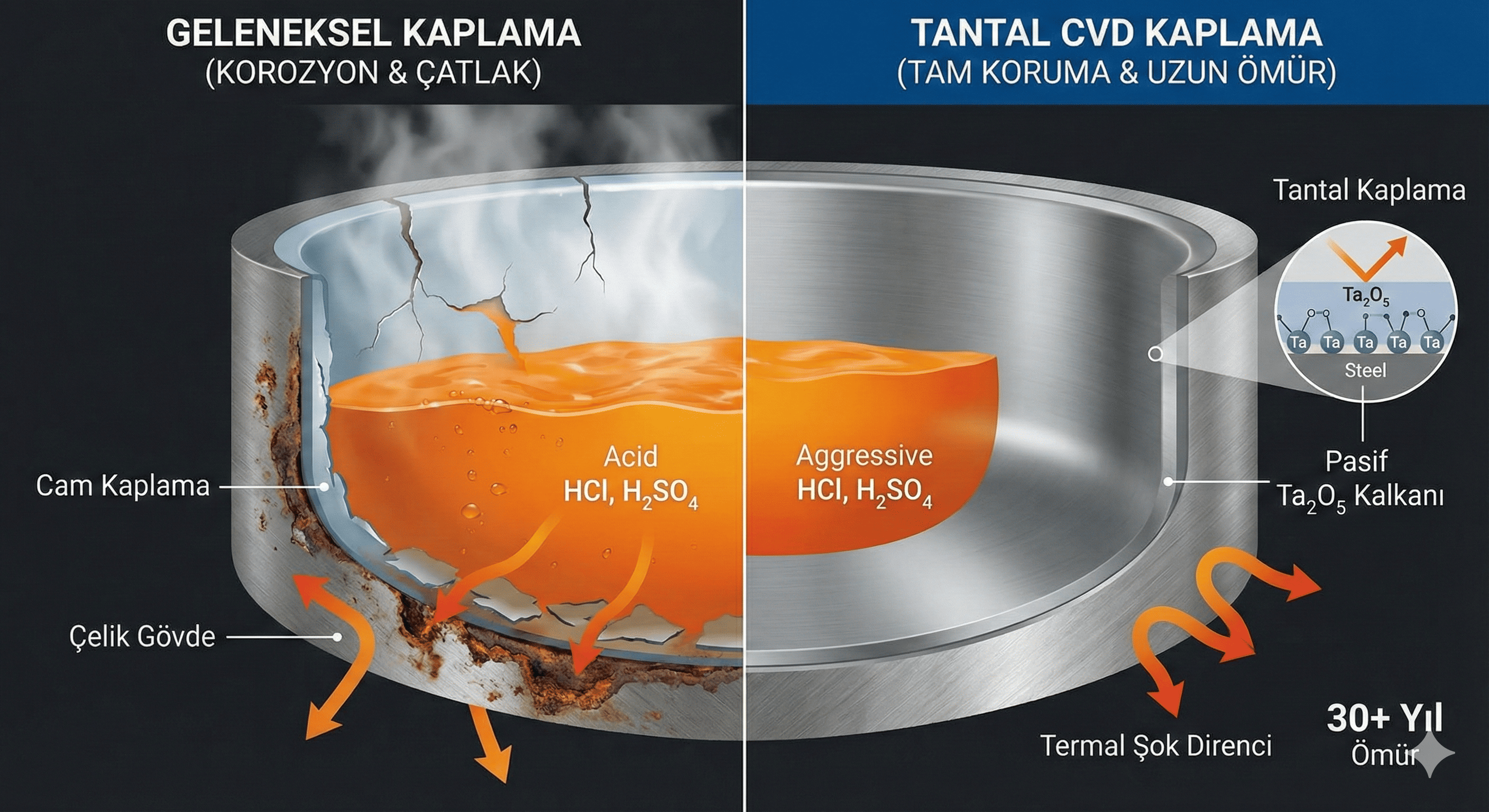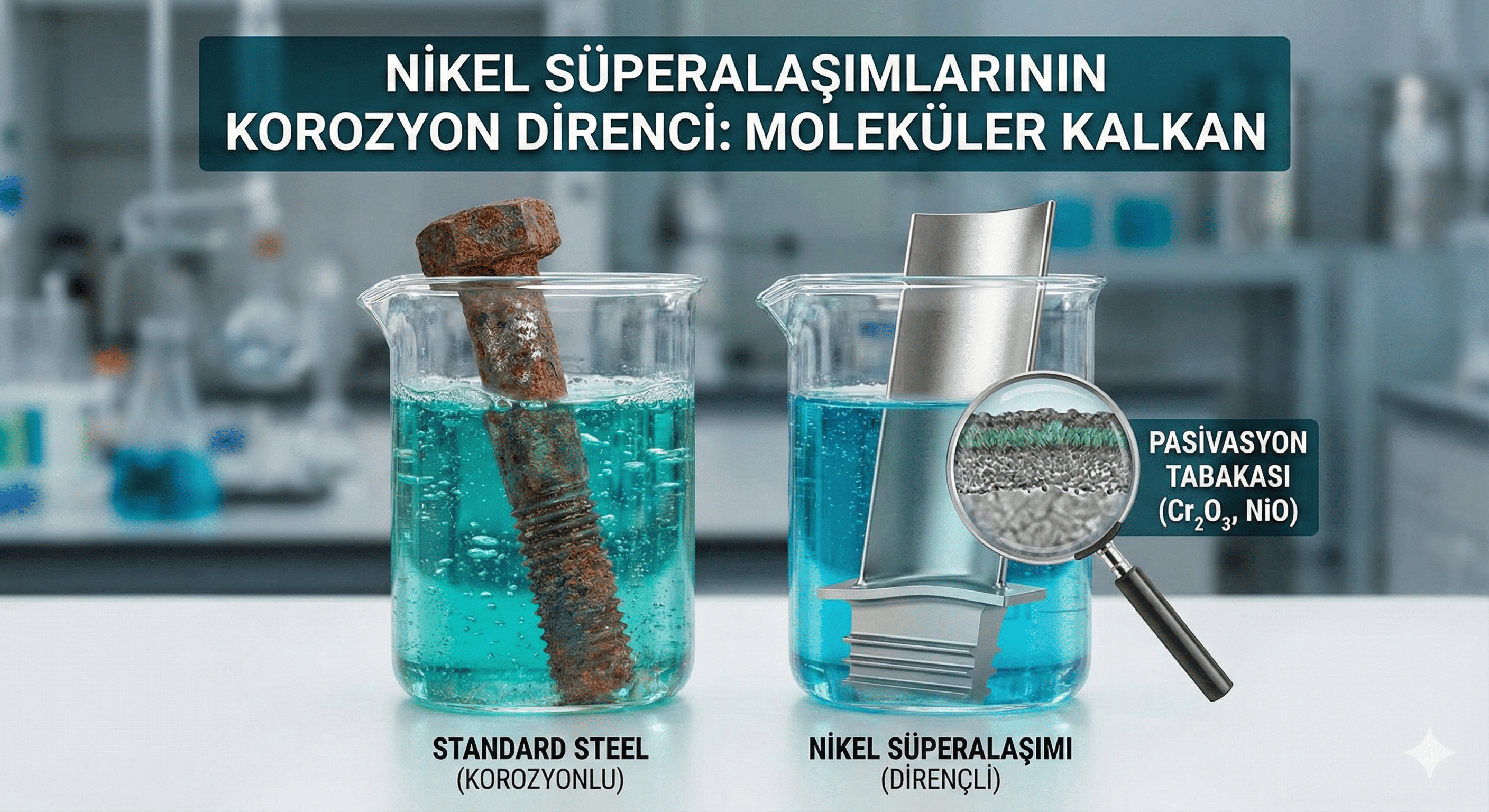Zirconium Oxide Nanoparticles (Monoclinic + Tetragonal): Properties, Synthesis, and Applications
Introduction
Zirconium oxide nanoparticles (ZrO² NPs) are notable for their diverse applications due to their unique structural phases. Among these, the monoclinic and tetragonal phases are particularly significant. Zirconium oxide can exist in several crystal structures, with monoclinic and tetragonal being the most relevant for various applications. The phase of ZrO² impacts its physical and chemical properties, making it crucial to understand these phases for effective material use.
Chemical Properties
- Composition: Zirconium oxide nanoparticles are composed of zirconium and oxygen in a 1:2 ratio. In the monoclinic phase, ZrO² has a distinct crystal structure compared to the tetragonal phase. These phases affect the material’s properties and applications.
- Reactivity: ZrO² nanoparticles are chemically stable. However, the reactivity can differ between phases. For example, tetragonal ZrO² is often more reactive in catalytic applications compared to monoclinic ZrO².
- Oxidation States: Zirconium in ZrO² is in the +4 oxidation state. This high oxidation state contributes to the compound’s stability and inertness.
- Surface Chemistry: The surface properties of ZrO² NPs can be influenced by their phase. Surface modifications can improve dispersion, reactivity, or compatibility with other materials, enhancing their performance in various applications.
Physical Properties
- Appearance: ZrO² nanoparticles with monoclinic and tetragonal phases are typically white to off-white powders. Their appearance can vary depending on particle size and synthesis methods.
- Density: The density of ZrO² depends on its phase. Monoclinic ZrO² has a density of approximately 5.68 g/cm³, while tetragonal ZrO² can have slightly different densities depending on synthesis conditions and particle size.
- Melting Point: Both monoclinic and tetragonal ZrO² phases have high melting points, around 2,715°C (4,919°F). This property makes ZrO² suitable for high-temperature applications.
- Mechanical Properties:
- Monoclinic Phase: This phase is less tough compared to the tetragonal phase but still exhibits good hardness and wear resistance.
- Tetragonal Phase: Tetragonal ZrO² is known for its high toughness and hardness. It is particularly valued in applications requiring enhanced mechanical strength and resistance to crack propagation.
- Optical Properties: Both phases have high refractive indices and can be used in optical applications. The optical properties may vary depending on the phase and particle size.
Synthesis Methods
- Chemical Precipitation:
- Monoclinic Phase: Typically formed by precipitating zirconium salts with a base and then calcining at lower temperatures.
- Tetragonal Phase: Obtained by calcining zirconium salts or hydroxides at higher temperatures or using stabilizers like yttria (Y²O³) to stabilize the tetragonal phase.
- Sol-Gel Method:
- Monoclinic Phase: Can be obtained by hydrolyzing zirconium alkoxides under specific conditions that favor the monoclinic phase formation.
- Tetragonal Phase: Achieved by adjusting the sol-gel process parameters and calcination temperature to stabilize the tetragonal phase.
- Hydrothermal Synthesis:
- Monoclinic Phase: Formed under certain hydrothermal conditions that promote monoclinic crystallization.
- Tetragonal Phase: Hydrothermal methods can be optimized with additives to produce tetragonal ZrO².
- Solid-State Reaction:
- Monoclinic and Tetragonal Phases: Produced by heating zirconium carbonate or zirconium hydroxide with other oxides or flux agents at high temperatures, with phase control achieved through temperature and time adjustments.
- Flux Method:
- Monoclinic and Tetragonal Phases: Different flux agents and processing conditions can be used to favor the formation of either monoclinic or tetragonal phases.
Applications
- Catalysis:
- Monoclinic Phase: Used in catalysts for reactions requiring moderate reactivity and stability.
- Tetragonal Phase: Preferred in catalytic applications due to its higher surface area and catalytic activity, such as in automotive catalytic converters and industrial processes.
- Ceramics:
- Monoclinic Phase: Applied in traditional ceramics where high toughness is not as critical.
- Tetragonal Phase: Used in advanced ceramics, including dental materials and cutting tools, due to its enhanced mechanical properties and toughness.
- Electronics:
- Monoclinic and Tetragonal Phases: Both phases are used in electronic components, but the choice depends on the required dielectric properties and stability.
- Refractories:
- Monoclinic Phase: Used in refractory materials for moderate-temperature applications.
- Tetragonal Phase: Suitable for high-temperature refractories due to its resistance to thermal shock and high melting point.
- Optics:
- Monoclinic and Tetragonal Phases: Employed in optical applications such as high-performance lenses and coatings. The choice of phase affects the optical clarity and performance.
Safety and Handling
- Toxicity: Zirconium oxide nanoparticles are generally considered to have low toxicity. However, precautions should be taken to avoid inhalation or ingestion of fine powders.
- Protective Measures: Use personal protective equipment (PPE) such as dust masks, safety goggles, and gloves when handling ZrO² nanoparticles. Ensure good ventilation or work in a fume hood to minimize exposure.
- Storage: Store zirconium oxide nanoparticles in airtight containers to prevent contamination and moisture absorption. Keep them in a cool, dry place to maintain stability and prevent degradation.
Conclusion
Zirconium oxide nanoparticles with monoclinic and tetragonal phases offer a range of properties that make them valuable in various applications. Understanding the differences between these phases helps in selecting the right material for specific uses, whether in catalysis, ceramics, electronics, refractories, or optics. The synthesis methods and phase control are crucial for optimizing the performance of ZrO² nanoparticles in advanced technological and industrial processes.
If you have any more questions or need additional details, feel free to ask!





